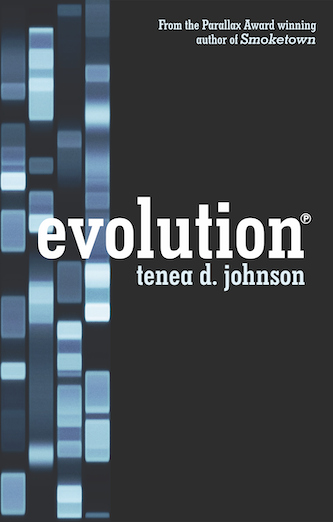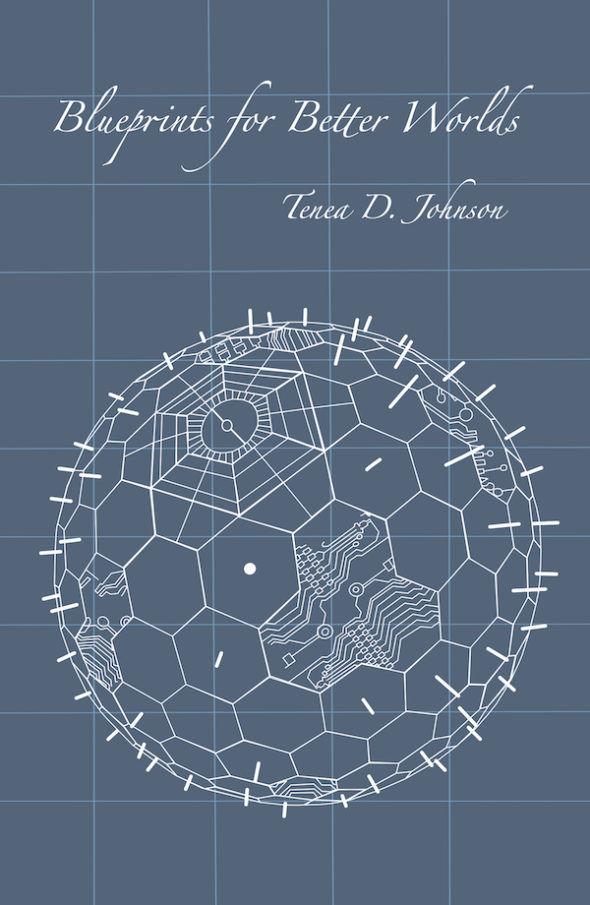3 Minutes with JD, Author of Moonflower, Nightshade, All the Hours of the Day
 JD Scott — whose debut collection, Moonflower, Nightshade, All the Hours of the Day is included in the Innovative Worlds storybundle, available until August 27th, shares a few views about innovation and some of the challenges of completing the collection.
JD Scott — whose debut collection, Moonflower, Nightshade, All the Hours of the Day is included in the Innovative Worlds storybundle, available until August 27th, shares a few views about innovation and some of the challenges of completing the collection.
Does speculative fiction have a role in innovation? If so, what is it?
JDS: Of course—being able to ask “what if…?” is an activation of the imagination. To be able to imagine new worlds or better worlds can create pathways or percussions that interact with other parts of our culture. Speculative writers exist in a type of biomimicry, where our questions can lead to answers by thinkers in other fields.
What innovation does publishing most need right now?
JDS: Public conversations that have happened throughout 2020 so far have shed light on what many of us have already talked about in private: publishing needs more equity and transparency from the top-down. Publishers, agents, and editors should be actively seeking out work from BIPOC and trans writers. At the same time, we need more transparency with how these writers are being approached and being paid beside their counterparts. Similarly, one way to do this is to hire agents and editors who have typically been left out of the conversation. The annual “Diversity in Publishing” statistics reveals that publishing continues to be overwhelmingly made up of cis, heterosexual, non-disabled, straight white women. Making space for different voices to work in publishing will have impacts on the writers who are being published.
Beyond the writers themselves, I also wish there was more bridge-building between the small press and the Big Five, between indies and academies. There are strategies and ideas from these individual nodes that might be useful in other spaces if more cross-pollination occurred.
What was the most difficult story to write? Why?
JDS: Each story in the collection had their own individual challenges, but “After the End Came the Mall, and the Mall Was Everything” comes to mind specifically because of its length. I wrote poetry before I ever made an attempt at fiction, so there was a certain amount of comfort in concision for me. This was the first truly long-form work I wrote: a novella of 20,000+ words. It leans into many different genres, from adventure to fantasy to horror to fairy tales to literary fiction. I had to challenge myself to approach my relationship with fiction in a new way because of the length, considering a type of magnitude and perseverance that had eluded me previously.
Describe this work in 3 words.
JDS: Elusive, deceptive, zesty.
Name one darling you killed before the final draft.
JDS: Originally the story collection was twelve pieces, and it was edited down to ten. Coincidentally, one of the darlings that was killed was arguably the most speculative story. It involved a world in which humans’ ages were frozen and natural death was abolished. In the story, it’s found out that a virus found in common pigeons is unfreezing people, causing them to resume aging. The main characters, a couple, face challenges when one of them continues to harbor pet pigeons on their city apartment’s rooftop. Unfortunately, I felt the chronology was too confusing and that the characters’ relationships paralleled other relationships that were handled better in other stories, so the darling was killed.
Do you have any writing tics?
JDS: Pacing in circles at home while I’m thinking/writing in my head is something I’ve always done.
What’s your approach to worldbuilding?
JDS: I find that worldbuilding of the intuitive sort works best for me—something that happens on the page—an idea in the moment. There is something pleasurable about meticulously planning elsewhere, but I find those oneiric activities—at least in my case—can go too far to the point where the real writing never gets started because too much time is spent in the margins and side notes tracking minutiae.




